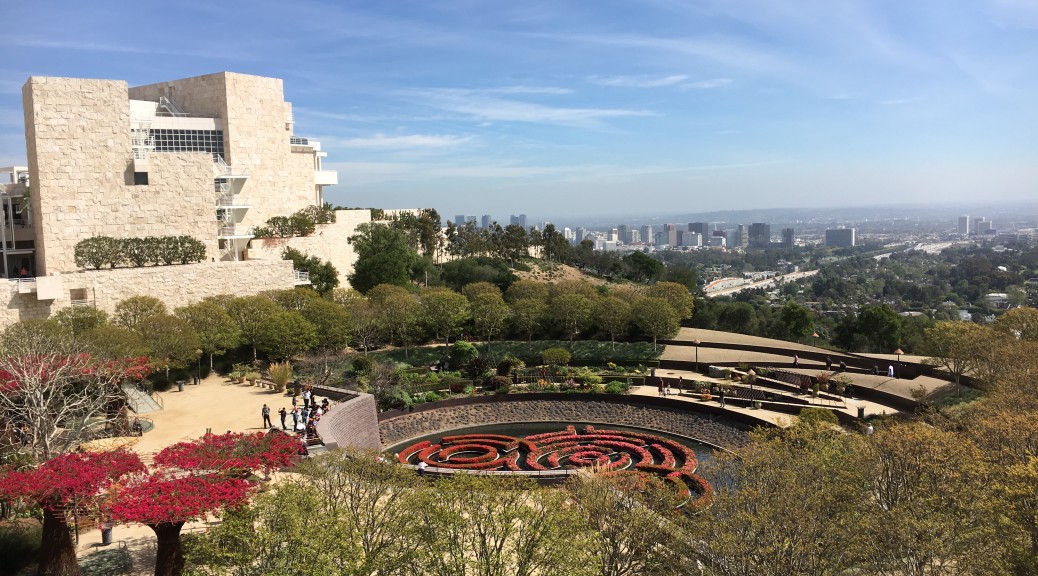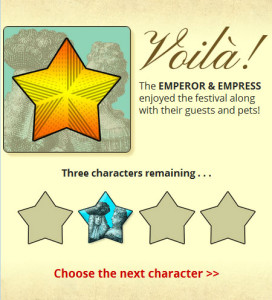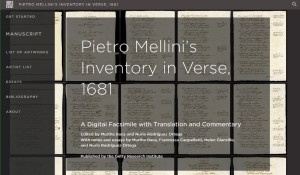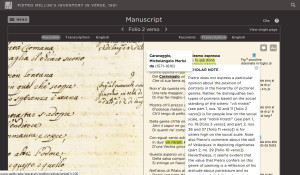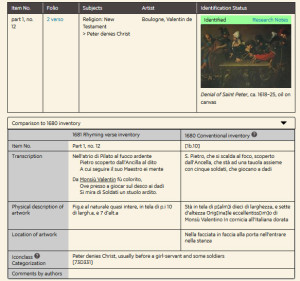It’s been awhile since I last posted, but that’s because work was pretty boring: updating existing pages, going to countless meetings, i.e. nothing exciting or challenging. But that was then, and this is now, and now I’m swamped with WordPress and Foundation 5 and Javascript issues.
At the head of my priorities list is finding and testing WordPress plugins to be used for the redesign of our main blog, The Iris. Subscribing to posts, optimizing search results, reorganizing the homepage to encourage browsing and stretching out visitor stay times, figuring out CC licensing so restricted images don’t go out in subscription emails–all of these have been occupying my time and twisting my brain (especially that last one, which so far remains unsolved, without using the “excerpts only” option).
We also spent more time than expected converting the Art of Food mobile site content to be evergreen, now that the exhibition is closed. Originally the site was intended to be used only in the gallery, in front of the artworks, but now users can continue to engage in the game-like aspect of it from the comfort of their own homes/desks/commuter trains, and even download a hi-res postcard at the end–check it out!
And then there are the pages for the upcoming Cave Temples of Dunhuang exhibition. I’m building them in Foundation, but I’m familiar with Foundation 5, and these pages will be wrapped in our branded wrapper, which was coded in a heavily customized Foundation 4, a project I was not personally involved in. So, it’s been interesting. And slow. And yes, ok, frustrating as hell. It’s never fun working in someone else’s code base.
And these are just the most interesting of the projects currently on my plate. Our dev department is down by two positions that are still empty after over six months, and I’m feeling the crunch, most notably in the very high number of meetings I’ve been forced to attend in 2016. The only reason I’ve taken time to even write this post is because I need to test a feature of the subscribe function–with this post be emailed with the featured image, even though I’ve selected excerpt only? Only hitting “publish” can answer the question, so let’s see what happens….

